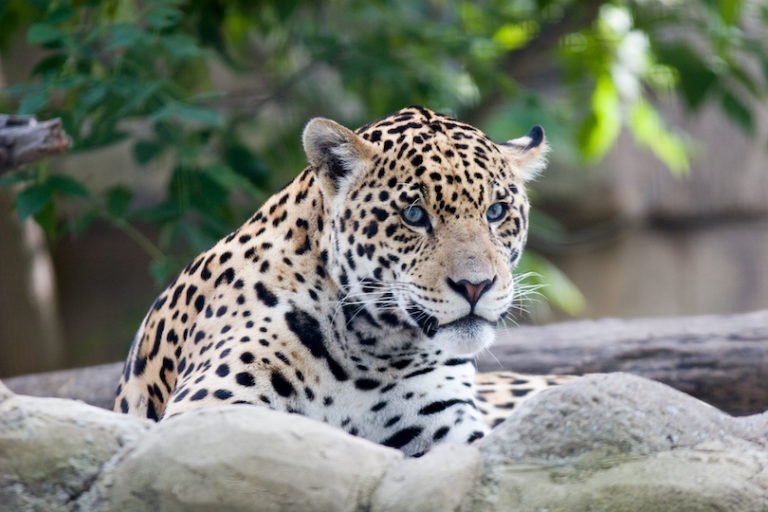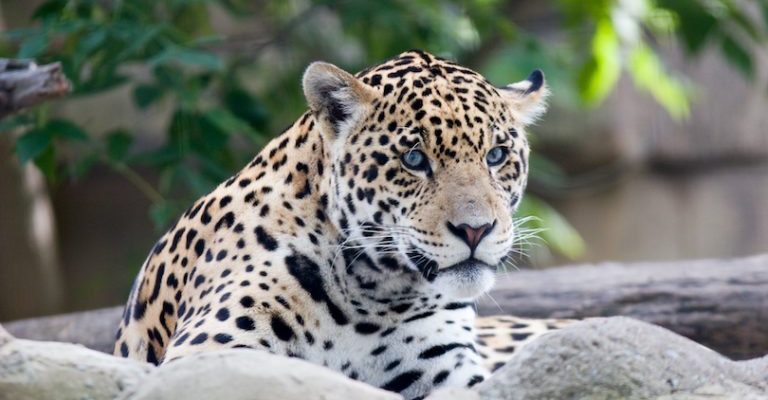
Jaguars are primarily found in the rainforests of Central and South America, where they roam the dense underbrush and riverbanks. Their diet is as diverse as their habitats, consisting of various prey, from deer to caimans. Let’s dive into their fascinating world and explore what these impressive creatures eat and how they hunt.
Understanding the Jaguar’s Diet
Jaguars are carnivorous, meaning they primarily eat meat. But their diet isn’t limited to just one type of animal. In fact, they are known for their adaptability; they can thrive on whatever is available in their environment. This makes them incredibly versatile hunters.
Typically, jaguars feast on a mix of large and small animals. Some of their popular prey includes:
- Deer
- Capybaras
- Wild pigs
- Fish
- Caimans and other reptiles
You might be wondering what makes their diet so diverse. Jaguares are opportunistic hunters, meaning they won’t hesitate to adapt their eating habits based on what’s around them. For instance, in areas where deer are plentiful, they’ll hunt them more often. But if the rivers are teeming with fish, you might catch them fishing instead!
The Importance of Water in Their Diet
Water is crucial for jaguars, especially since they often inhabit areas near rivers and wetlands. Interestingly, jaguars are known to be strong swimmers. This allows them to hunt aquatic prey effectively. They can easily dive underwater to catch fish or even venture out to catch caimans.
One striking feature of jaguars is their unique ability to hunt their prey from the water’s edge. Picture this: a jaguar stealthily approaches a riverbank, crouching low. With a swift, powerful leap, it plunges into the water to catch a fish. This aquatic hunting skill sets them apart from many other big cats.
Moreover, hydration is essential for their survival. Jaguares need to drink water regularly, especially in the hotter months. Those riverbanks aren’t just great for hunting; they also serve as vital drinking spots.
The Jaguar’s Hunting Techniques
Let’s talk about how jaguars actually catch their food. Their hunting strategies are a combination of stealth, strength, and technique. They’re not just brute force; they have brains to back their brawn.
One of the most impressive traits of jaguars is their stalking ability. They approach their prey quietly, often using the dense vegetation as cover. Imagine a shadow slipping through the underbrush—this is how they move, almost like a ghost. They can get within pouncing distance before their target even realizes they’re there.
Once in position, the jaguar will rely on its powerful jaws and incredible bite force to grab its prey. Here’s the thing: their bite is one of the strongest in the animal kingdom, capable of crushing bones and shells. This strength allows them to take down animals that other big cats might shy away from, making them unique among predators.
Strategies for Hunting Larger Prey
When it comes to hunting larger animals, jaguars have some additional strategies up their sleeve. Unlike lions, which hunt in packs, jaguars are solitary hunters. This means they rely solely on their skills and instincts to catch dinner.
One effective tactic is ambush hunting. A jaguar will often wait patiently for a long time, disguising itself in the tall grass or tree branches. When an unsuspecting deer or wild pig wanders by, the jaguar pounces with explosive speed. This surprise attack gives them the element of shock, making it difficult for the prey to escape.
Additionally, jaguars have a unique method of hunting that sets them apart from other big cats: they are known to hunt from trees. They often climb to a vantage point to survey their surroundings, looking for potential prey below. With one swift leap, they can land right on their target.
Nighttime Adventures: Nocturnal Hunting
If you’re a night owl, you might relate to the jaguar’s lifestyle! Jaguars are primarily nocturnal, meaning they’re most active during the night. This nocturnal behavior is ideal for hunting since many of their prey are also more active in the cooler, darker hours.
Night hunting has its perks. The darkness helps jaguars approach their prey with less chance of being seen. Their keen eyesight allows them to spot the smallest movements in the shadows, and they can easily navigate through their habitat as if it’s broad daylight for them.
It’s fascinating to think about how they adapt their hunting strategies based on the time of day. Their ability to switch from daytime stalking to nighttime ambush showcases their intelligence and flexibility as hunters.
Conservation and the Future of Jaguars
The diet and hunting strategies of the jaguar reveal how perfectly suited they are to their environments. However, these magnificent creatures face serious threats from habitat loss and poaching. As forests are cut down for agriculture and urban development, jaguars lose their hunting grounds and prey.
This decline not only affects jaguars but also disrupts the entire ecosystem. As apex predators, they play a crucial role in maintaining the balance of their habitats. Protecting them is vital. Conservation efforts are underway to preserve their natural habitats and ensure they can continue their hunting legacy.
The Role of Jaguars in Their Ecosystem
Understanding the jaguar’s diet and hunting tactics isn’t just a matter of curiosity; it highlights their role in the ecosystem. As top predators, they help control populations of other animals, which in turn maintains balance in the food chain.
For example, by preying on herbivores like deer, jaguars prevent overgrazing, which can lead to habitat destruction. This balance is essential for various species, including plants and smaller animals that depend on stable environments to thrive.
As we work to protect jaguars, it’s crucial to recognize how their survival impacts the whole ecosystem. Every creature plays a part, and the jaguar is a key player in maintaining that harmony.
In conclusion, the diet and hunting strategies of the jaguar demonstrate not just their impressive physical capabilities but also their critical role in nature. Whether they’re stalking through the night or diving for fish in a river, these big cats embody the wild spirit of their habitats. By understanding and supporting their needs, we can help ensure these magnificent creatures continue to roam the earth for generations to come.

